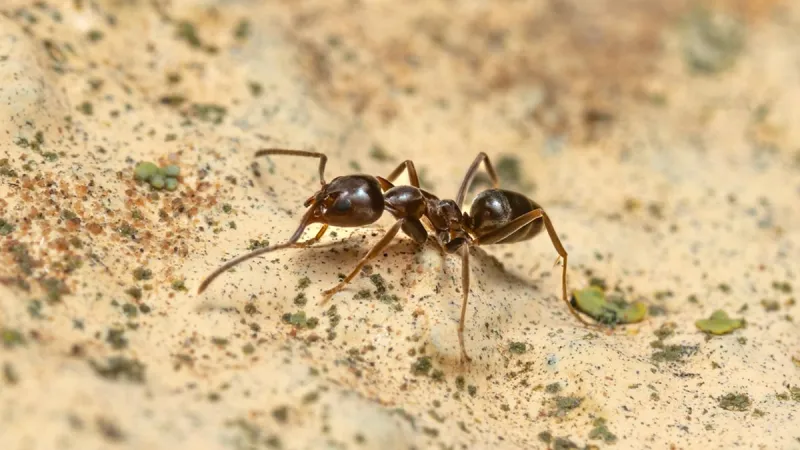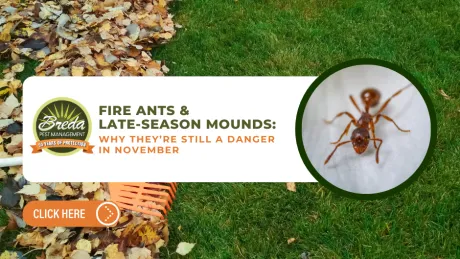
Argentine Ant Information

Argentine Ants
The Argentine ant, scientifically known as Linepithema humile, is a highly invasive ant species that has become a pervasive pest in many parts of the world. These ants are known for their aggressive behavior, large colonies, and ability to displace native ant species. BREDA Pest Management is knowledgeable in the world of Argentine ants. We have a deep understanding of their characteristics, behavior, impact on the environment, and effective strategies for their management to ensure optimal pest control.
More about Argentine Ant
Argentine ants are small ants, typically measuring between 2.2 to 2.8 mm in length. They are light to dark brown in color and have long antennae and a segmented body. Argentine ant colonies are usually composed of multiple queens and can contain hundreds of thousands to millions of workers, making them one of the most abundant ant species in their invaded habitats.
One of the most concerning aspects of Argentine ants is their aggressive and competitive behavior. They are known to form large supercolonies, where multiple nests work together as a single unit, allowing them to dominate their environment and outcompete native ant species for resources. This aggressive behavior can disrupt local ecosystems and have negative impacts on biodiversity.
Argentine ants are opportunistic feeders and are attracted to a wide range of food sources, including sweets, proteins, and fats. They can infest homes, gardens, agricultural fields, and natural areas, making them widespread and persistent pests. They are known to enter homes in search of food and water, often creating trails along walls, foundations, and electrical wires.
Effective management of Argentine ants requires an integrated pest management approach that combines multiple strategies. Sanitation is a key component, as eliminating food and water sources can reduce ant populations and discourage their activity. Sealing entry points, such as cracks and gaps in structures, can help prevent ant access to buildings. Baiting with ant-specific baits that contain slow-acting insecticides can be effective, as the ants carry the bait back to the nest, resulting in colony elimination. However, bait rotation may be necessary to prevent bait aversion and resistance.
In addition to baits, Argentine ants can also be managed using non-chemical methods such as mechanical exclusion, habitat modification, and biological control. Mechanical exclusion involves physically blocking ant entry points into buildings using barriers such as caulking or weatherstripping. Habitat modification involves altering the environment to make it less suitable for ant colonies, such as removing food and water sources, trimming vegetation, and keeping the area clean and dry. Biological control methods involve introducing natural enemies of the Argentine ant, such as predators or parasitoids, to control their populations.
Prevention is also crucial in managing Argentine ant infestations. Regular inspections and monitoring can help detect infestations early and prevent their establishment. Education and awareness among homeowners, businesses, and communities about the risks associated with Argentine ants and the importance of proper pest management practices can play a significant role in preventing and managing infestations.
The Argentine ant is an invasive and aggressive ant species that can cause disruptions in local ecosystems and pose challenges for homeowners, businesses, and agriculture. Implementing integrated pest control strategies, including sanitation, baiting, mechanical exclusion, habitat modification, and prevention, are crucial steps in effectively managing argentine ant infestations. Seeking professional pest control services and promoting awareness about proper pest management practices are important for preventing and controlling Argentine ant populations.


